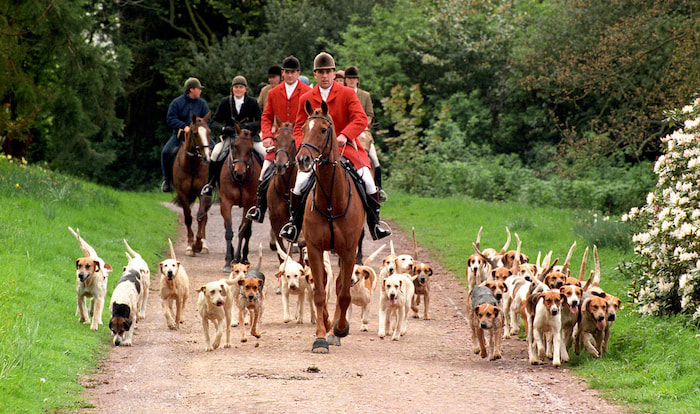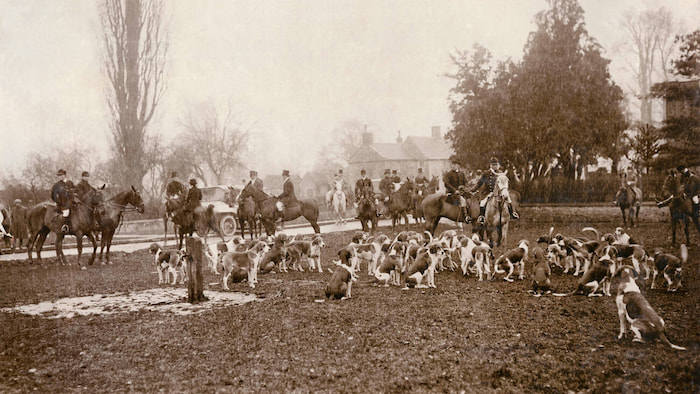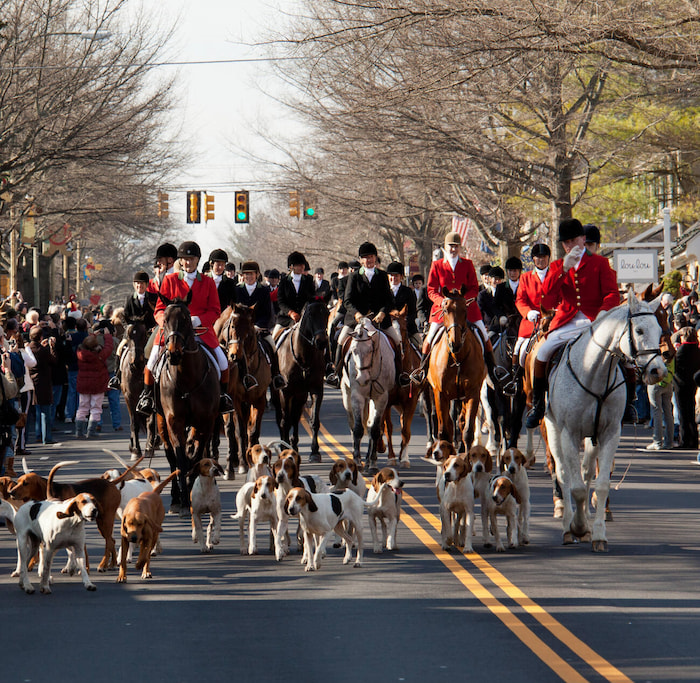For centuries, the sight of riders thundering across mist-soaked fields, scarlet coats flashing between ancient hedgerows, and hounds crying in full voice has stirred something primal in the human imagination. Yet behind the pageantry and prestige lies a darker, more provocative question—why did such an old and powerful tradition become the subject of one of Britain’s most heated bans?
Some whisper it was simple politics. Others believe it was urban culture clashing with ancient rural identity. But within hunting circles, more mysterious theories linger: hidden aristocratic rivalries, secret land disputes, and even the notion that the hunts protected knowledge about the countryside that some preferred forgotten.
Whether these theories are truth or folklore, one thing is certain—hunt clubs have never merely been sporting societies. They are living museums of power, class, and untold stories.
Below is a look at some of the most iconic hunt clubs across the world—and the myths and mysteries that surround them.
The Quorn Hunt (Leicestershire, England)

The Quorn Hunt, founded in the 17th century, is more than a foxhunting club—it is an institution whispered about in British sporting legend.
For generations, the Quorn attracted dukes, military officers, and the sort of countryside elites whose family portraits hang in stately homes. Yet even among its own members, stories circulate about the club’s “influence”—the land it controlled, the families it united, and the discreet disputes it helped settle far from the eyes of London.
Some believe its prestige was one of the very reasons foxhunting later drew scrutiny. A tradition this powerful, some argue, was always destined to become a battleground between old Britain and the modern world.
Today, the Quorn’s name still carries a weight that riders and traditionalists hold dear—a symbol of rural identity at a time when such identity feels increasingly contested.
The Beaufort Hunt (Gloucestershire, England)

Established in 1789 by the 5th Duke of Beaufort, this hunt has long been associated with aristocratic lineage, impeccable hound breeding, and an almost ceremonial devotion to tradition.
But with such prestige comes speculation. Some local tales claim that the Beaufort—one of the most influential hunts in Britain—was among the last “strongholds” resisting social changes sweeping across the countryside. Others insist the hunt’s deep connection to ancient estates made it a target during political debates about land ownership and rural privilege.
While most of these theories remain unproven, they add an irresistible layer of mystique to the Beaufort’s already commanding reputation.
Even today, the Beaufort embodies what many consider the soul of traditional English hunting—a world where etiquette, heritage, and horsemanship converge in a way few modern activities can match.
The Middleburg Hunt (Virginia, USA)

Across the Atlantic, the spirit of English foxhunting took root in Virginia’s rolling landscapes. Founded in 1906, the Middleburg Hunt quickly grew into one of America’s premier hunt clubs, preserving British customs while forging its own legacy.
The club represents the fascinating transfer of tradition from old England to the New World. But Middleburg also sits in a region rich with Civil War history, hidden trails, and ancestral estates—making it fertile ground for stories. Some claim that early hunts in Virginia doubled as unofficial “meetings” where influential families discussed matters of land, politics, or regional disputes out of earshot of newspapers.
Whether these tales are fact or folklore, Middleburg stands today as proof that the rituals of English foxhunting can flourish far beyond the British Isles.
The Ottawa Valley Hunt (Ontario, Canada)

In Canada, the Ottawa Valley Hunt carries forward the legacy of foxhunting with a distinct northern character.
Set against the cinematic backdrops of Ontario farmland and forests, the hunt is celebrated for its camaraderie and strong equestrian culture. But like its English counterparts, the Ottawa Valley Hunt hasn’t escaped deeper speculation. Some members suggest that early Canadian hunt clubs played subtle roles in shaping relationships between settlers, landowners, and emerging communities—long before formal governance structures were in place.
Today, the club remains a vibrant part of Canada’s equestrian identity, blending sport, heritage, and community tradition.
Beyond Traditional Hunts: Safari Club International (SCI)
Safari Club International stands apart from the mounted hunts of England and North America, focusing instead on global big-game hunting and conservation advocacy.
Founded on principles of sustainable wildlife management, SCI occupies a unique—and often controversial—space in the hunting world. Its political influence, particularly across the United States and Africa, has fueled speculation:
Is SCI merely a conservation organization, or is it one of the most strategically influential hunting institutions on the planet?
While its methods differ dramatically from foxhunting, SCI’s scale and reach highlight how hunting traditions have evolved—from local countryside rituals to multinational movements.
Conclusion
From the fog-drenched fields of Leicestershire to the sunlit hills of Virginia and the maple forests of Ontario, hunt clubs have shaped cultures, communities, and identities for generations.
But beneath the tradition lies a lingering question: Were foxhunts banned simply because times changed—or because these clubs held influence, secrets, and histories that some preferred left in the past?
Whatever the truth, the legacy of these clubs lives on. Whether in the elegance of The Beaufort Hunt, the storied prestige of The Quorn, or the far-flung traditions of Middleburg and Ottawa Valley, they continue to remind us of humankind’s ancient fascination with the chase—and the powerful narratives that follow it across centuries.
Hunting has long been more than just a sport—it is a tradition, a social gathering, and in many cases, a symbol of heritage and identity. Across England, Canada, and the United States, prestigious hunt clubs have flourished for centuries, preserving rituals of mounted pursuits with hounds while adapting to cultural changes. Some of these clubs echo the heritage of foxhunting in England, while others expand the tradition into different regions and even different forms of hunting.
Below, we take a closer look at some of the most famous hunt clubs in the world, including The Quorn Hunt, The Beaufort Hunt, The Middleburg Hunt, The Ottawa Valley Hunt, and the Safari Club International.
